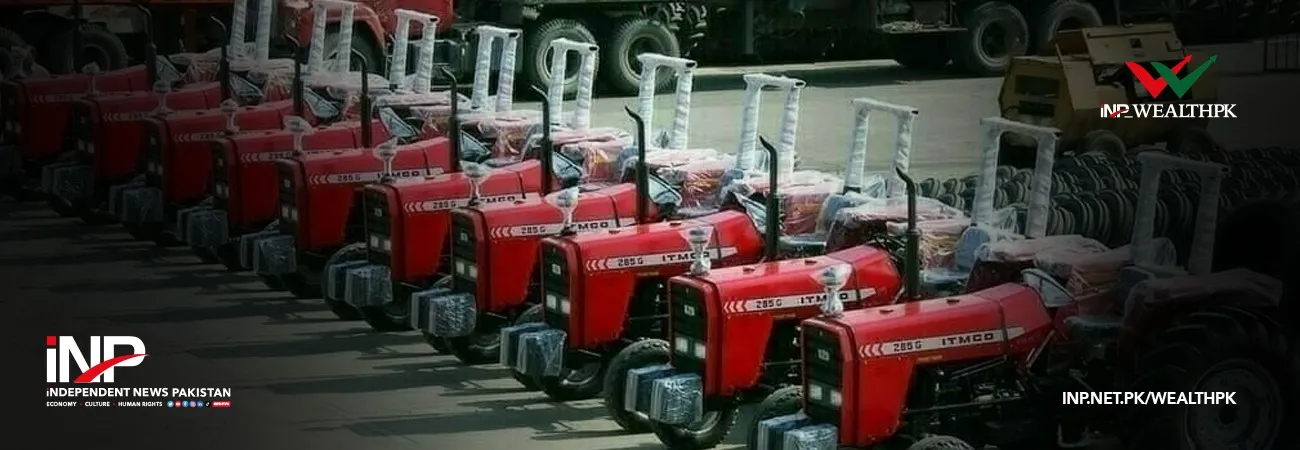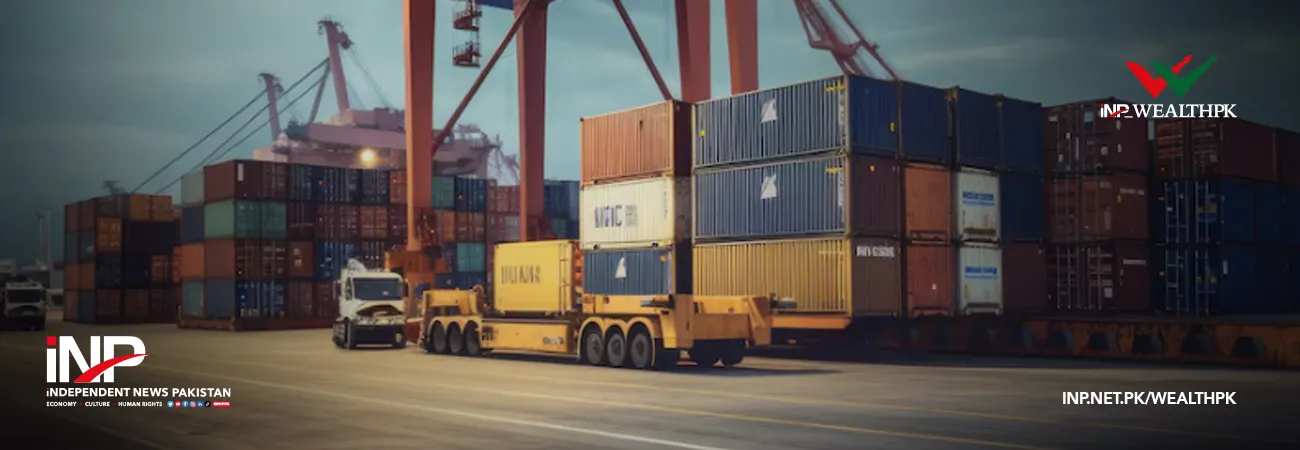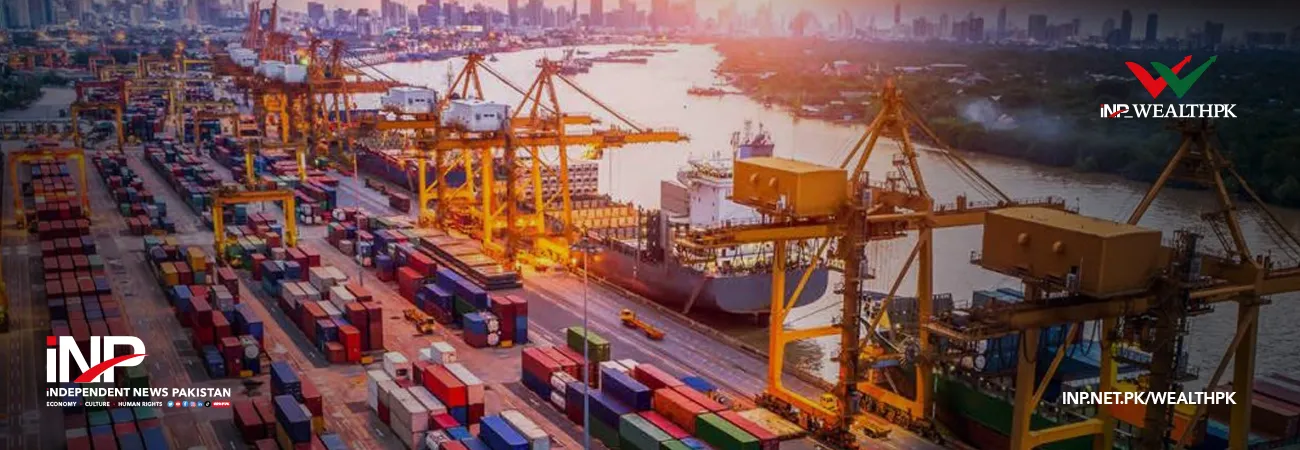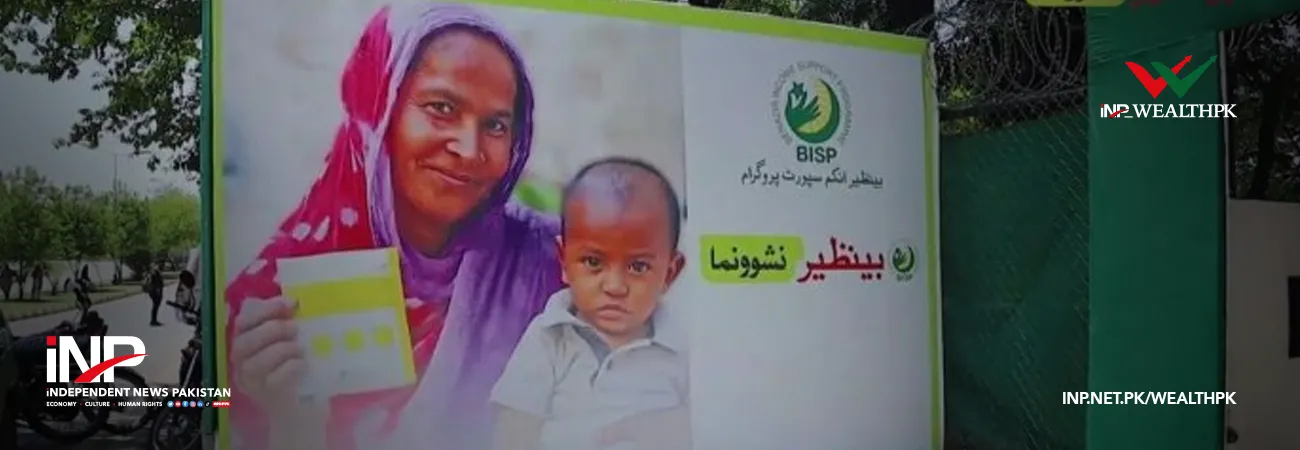INP-WealthPk
Ahmed Khan Malik
The Sindh province’s manufacturing sector has seen a decrease in employment rates either due to closure of factories or reduction in their production capacity caused by an overall economic slowdown.

The employment in the manufacturing sector fell by 3.63% by the end of the last calendar year (2023), figures released by Sindh Bureau of Statistics showed. “A robust manufacturing sector promotes domestic production, exports and generates employment. Hence, it stimulates the overall growth of an economy,” the bureau said. During the previous year, Sindh’s economy faced international supply shocks, coupled with domestic natural disaster shock in the form of floods, which aggravated the growth vulnerability. “Pakistan's growth performance in the last year has been negatively affected by a decline in the manufacturing sector output. The manufacturing sector contributes 12.01% to Gross Domestic Product, and employs 14.9% of the country's labour force,” the Sindh Bureau of Statistics said.

Karachi, which is the largest metropolitan city of Pakistan, contributes 15% to the GDP of Pakistan. Sindh Business Register (SBR) 2017 established by Sindh Bureau of Statistics, Planning and Development Department, shows that 67% of the establishments/factories are located in Karachi division and the remaining 33% in other districts of Sindh. Pakistan’s economy suffered in the last three years after the country faced the dollar crunch as well as the high energy and financing costs, which put the industrial sector in a tough situation. However, the government has claimed that large-scale manufacturing is rebounding after a period of decline, with key export sectors preparing to ramp up production. The recovery is expected to benefit from a favourable external environment, stable exchange rates, and easing of inflationary pressures.
An accommodative monetary policy, improved investor confidence, and a recovering global market are also anticipated to sustain industrial growth. The government’s focus on fiscal consolidation is expected to improve the country’s fiscal accounts. Mustafa Kazi, Director of the Sindh Bureau of Statistics, said that political and economic instability are important causal factors contributing to the current poor health of industrial economics. “Industrial production is highly correlated with imports, exchange rates, discount rates, energy availability and political situation. Unfortunately, all these variables are highly disturbed and getting more disturbed,” he said. Kazi called for political stability and a steep cut in policy rate to spur sustainable economic growth and job creation.
Credit: INP-WealthPk













